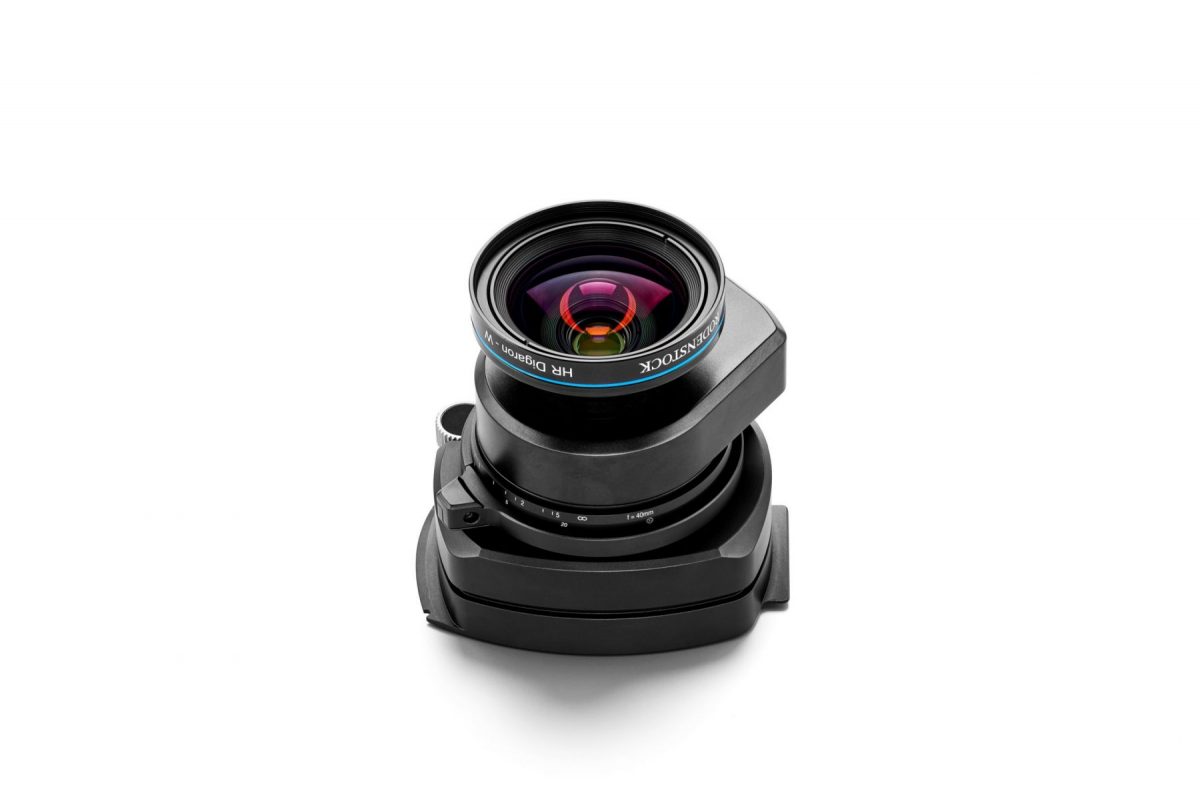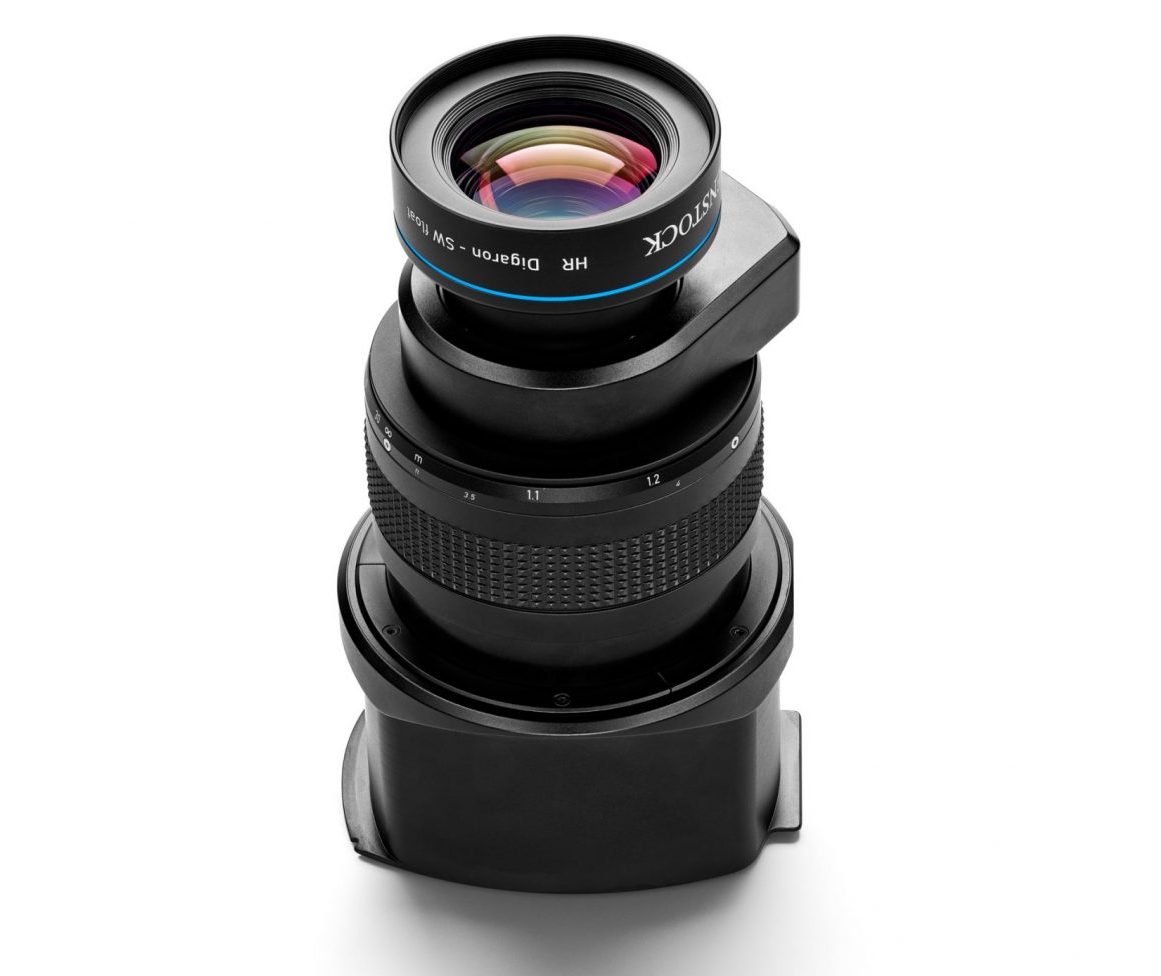I suspect, they will wait until there is global shutter for the 40 x 53.4 mm sensor. This would give a IQ5 a new feature over the IQ4.
On this one I heard that the global shutter sensors aren't still (and won't be in the near future) up to par for high end photographic purposes especially with regards to dynamic range. There already is a 120 megapixel GS sensor
but it is not used because you cannot get the same IQ out of it than what can be done with the IQ4 150 - I also would not hold my breath for a GS sensor anytime soon. This one is primarily used for inspections in the industry where dynamic range is not the most important aspect, but rather being able to capture un-skewed imagery from a fast moving production lane.
Also developing a spec sensor requires a lot of capital and what is possible if you have a strong market position and strong customer base can be seen with Arri who developed the next-gen cinema sensor in the Alexa 35 which exceeds dynamic range of color negative film. They are able to do this because they have a 10y horizon and the whole cinema industry interested in their products ... and the IQ4 150 is already a fantastic sensor, so will require quite a bit of effort to exceed its specs, ie there needs to be a business case for it. Given the competition in the industry, who is willing to front double-digit millions for a next-gen 200 megapixel full frame sensor with high DR? ... so not clear at all when we will see an evolution of the IQ4 150 ... it is quite a mature technology at this stage and exceeding specs, namely DR, will require quite a bit of capital to achieve.
In terms of potential P1 pipeline it is therefore unlikely that we see:
XF 50 MKII
XT 50 / 70 TS
Next gen XF (ie multi point AF, or EVF)
Auto LCC
GS sensors
IQ5
anytime soon in fact due to RoE constraints ... what's more likely is another XT lens this or next year either below 32 HR or above 138 HR. Or, in the best case, more XT body options because here P1 can just modify a cambo design or pick up what comes out from Rodenstock. Let's say Rodie brings out a new 180mm lens - they have experience points how many XT lens they sell, they make an order and ship it to cambo for mounting and have a clear cut margin from that ... easy. The reason why we probably won't see a 50 HR T/S is because they need to order a certain batch size for that to make sense and given the XT 50 HRs have been sold already the incremental demand will be not so high after the initial hardcore customer base bought in. Only scenario in my view here is if they make a 4k upgrade offer courtesy of cambo to remount the lenses in the factory in Holland. This makes only sense if the unit upgrade economics are profitable for everyone which I think could be done, but not sure.
They
could bring out an IQ5 if they replace all other internals in case there is no new sensor yet - like do something like they did when they released the trichromatic. Meaning some tweaks to the processing, screen, battery life or sensor stack. And look at the XF for example. Great camera. But would you invest millions in a re-design, fancy EVF, AF, etc. in this market environment for a mirror based system?
P1 itself is more focused on driving cultural heritage and industrial sales ... which requires focus on the sales org from a management perspective (ie you make more money selling 10 repro stations to the vatican than selling a few more XT lenses) and not hard capital, ie has a lot higher RoE if the revenues can't guaranteed for upfront investments.
In terms of new sensor, P1 is more or less at the mercy of Sony coming out with something new on their own ... and Hassy coming to the party with an 8k 100 megapixel mirrorless camera produced efficiently in China won't help make the business case for the ultra high end segment ... unfortunately. Which leaves P1 management with two options:
a) Go the Hassy route and make a cheap system priced at 10k (unlikely as they'd lose a lot of profit and the impact is uncertain in a saturated market)
b) They become even more high-end in the sense they will continue to sell 40-50k backs and 10k lenses or even slightly increase prices over time ... and will just milk it given the old shareholders of P1 probably eye C1 for the big equity upside anyhow ... and in the meantime try to sustain P1's revenues / slightly grow them via sales in the industrial / repro segments -> which I think is the strategy adopted for now



